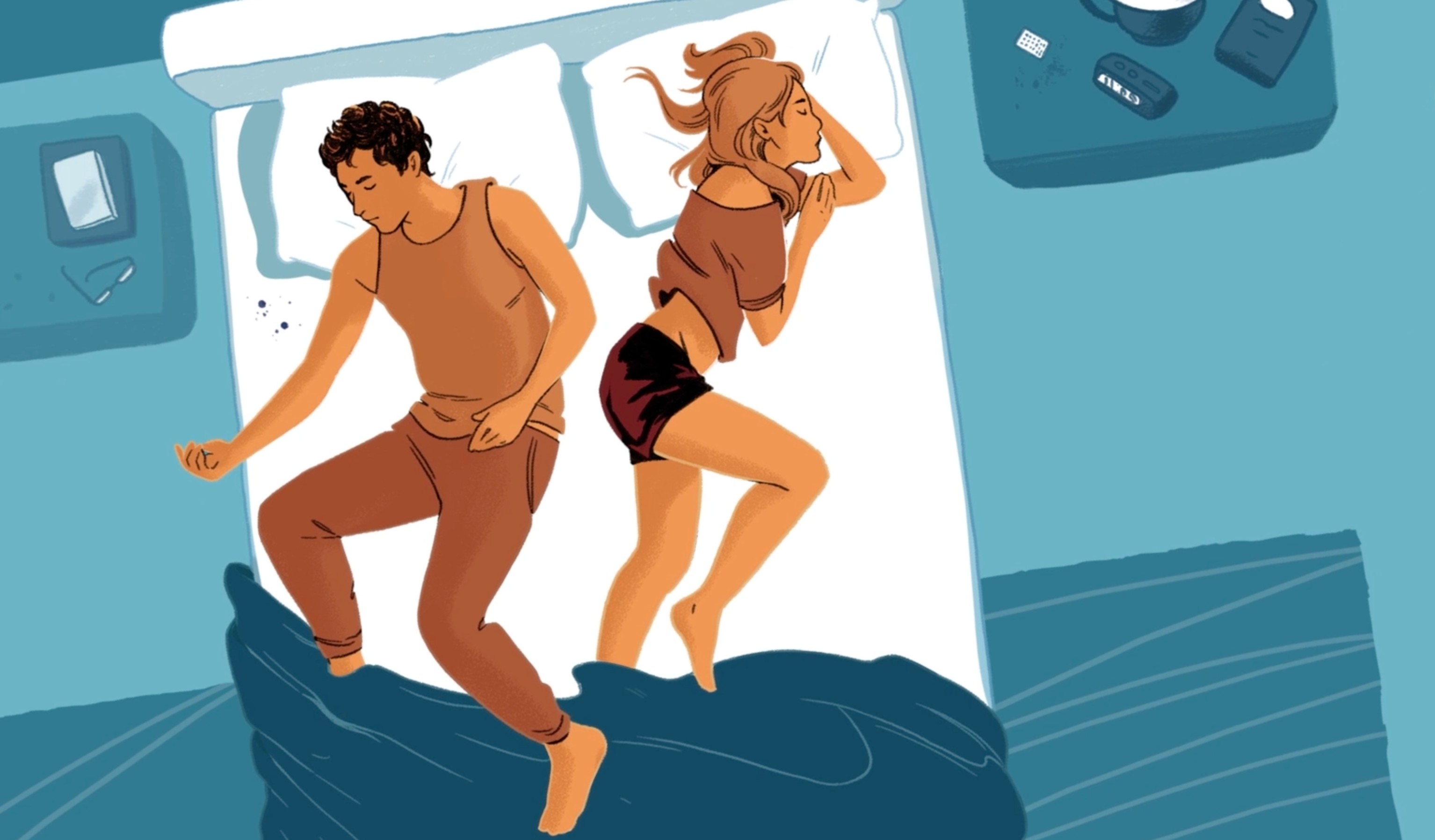Today, as the opioid crisis continues to ravage cities and small towns across North America due to the proliferation of fentanyl, it is changing our society's perception of who is affected by drug use, addiction, and drug-related death. For decades, heroin has held a certain barrier: With one of the strongest, if not the strongest, stigmas of any drug, those who used it have long been othered. But fentanyl, which is many times stronger than heroin, has now found its way into many types of drugs, including non-opioid ones. The list goes on, and it continues to grow: cocaine, fake Xanax, MDMA. And with that, the invisible line that has separated those who use heroin versus those who occasionally pop a pill of M at a music festival has begun to disintegrate.
Advertisement
"The stigma associated with heroin is so strong. And now that fentanyl is being cut into almost any recreational drug, it is deconstructing that stigma: Where is it coming from? Why are certain drugs more stigmatized than others? Why do some users feel appropriate concerning use of services and others don't?" Munroe Craig, cofounder of Vancouver-based harm reduction group Karmik, told VICE.Heroin was first introduced as a drug to Western society by the pharmaceutical company Bayer in 1898; back then, it was in a cough syrup marketed as a "non-addictive" alternative to morphine. Opium became illegal in 1908 in Canada (and the importation of it was made illegal in 1909 in the States). By the 20s, drug prohibition had begun to descend on Canada and the US; however, by the late 1980s, cities like Vancouver and New York City were dealing with a heroin problem.Heroin had a major hallmark that separated it from other drugs: Those using it generally were injecting it straight into their veins. Compounded with the fact that its use could lead to overdose, the spread of disease such as HIV, and death more frequently than other substances led to widespread stigmatization. As a teenager and in my early 20s, I too held this entrenched societal stigma. I remember the shock, nausea, utter disbelief I felt when I found out friends of mine were doing H. I remember where I was when I found out—at a beach party in Toronto. I responded by distancing myself, acting as if my drug use—which, at times, veered into experimentation with opioids—was somehow better since I wasn't sticking a needle in my arm. The reality was that some of the drugs I had tried before were in the same class as heroin, and therefore, not any "better" at all.
As a teenager and in my early 20s, I too held this entrenched societal stigma. I remember the shock, nausea, utter disbelief I felt when I found out friends of mine were doing H. I remember where I was when I found out—at a beach party in Toronto. I responded by distancing myself, acting as if my drug use—which, at times, veered into experimentation with opioids—was somehow better since I wasn't sticking a needle in my arm. The reality was that some of the drugs I had tried before were in the same class as heroin, and therefore, not any "better" at all.

Advertisement
Well after heroin had already become a major concern in Vancouver, NYC, and elsewhere, in 1996, the pharmaceutical company Purdue introduced the prescription opioid OxyContin. In 2012 in Canada, Purdue took OxyContin off the market and replaced it with the tamper-resistant OxyNEO, the purpose of which was supposed to reduce the likelihood of recreational use.This move by Purdue is largely seen in Canada as one that sparked our opioid crisis. The illicit drug market reacted to the void. Soon, a bootleg version of fentanyl believed to derive from China, many times stronger than heroin, was on the streets. In places such as Alberta, round green-blue pills with an 80 imprinted on them containing fentanyl that looked like the previous form of OxyContin were being sold for $20 a pill and were just as easy to come by as weed. This phenomenon established a direct relationship between illicit and pharmaceutical opioids; fentanyl itself was first introduced as a prescription as well, being used in medical settings such as for surgery.READ MORE: The First Fentanyl AddictI'll admit that I didn't overthink it the first time I tried prescription opioids since I had been given them by a doctor for a throat infection. Growing up the United States, I was often prescribed controlled substances by doctors. It was normal, and until I was an adult, I don't remember ever having a conversation with my doctors about how to be careful with these drugs. Looking back, I know that set me up for the lax attitude I held toward recreational use of prescription drugs when I was younger.Today, multiple people in Canada will die from drug-related causes. Thousands of drug users have been buried already in the last two years just in Canada. That line that our society imagined to exist between heroin and other drugs should have never existed, but today, it is dissolving for the most unfortunate reasons. We can no longer ignore that drugs worse than heroin exist as the substance that one-upped it is being found in all manner of things, putting anyone who uses drugs at risk of harm. We must ask questions about why stigma of certain drugs is stronger than others and what this has done to help our society progress. So far, the only purpose this attitude has served is contributing to the worst drug safety crisis of our lifetimes.Follow Allison Tierney on Twitter .
